Great Walking Cities

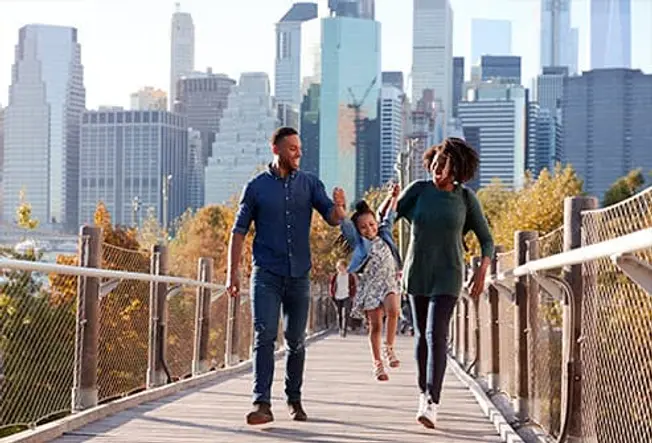
Why Walk?
Because you can do it anytime, it costs nothing, and you already know how. It also could help strengthen your muscles, burn more calories, and lift your mood. And it could lower your odds of having high blood pressure, type 2 diabetes, and heart disease. At least 30 minutes a day, 5 days a week, should keep you in good shape. A “walking city” might help you get that and more.
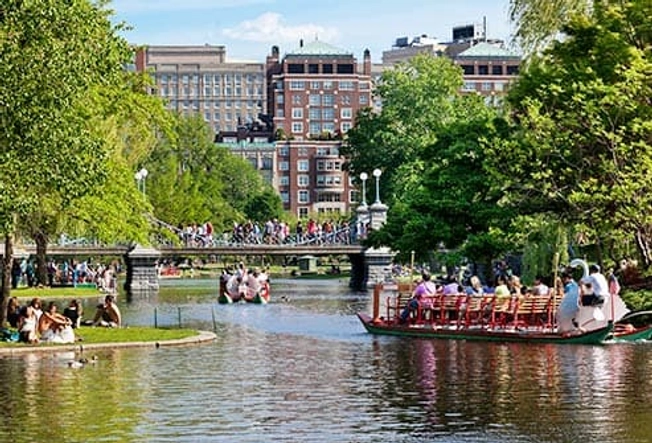
Boston
It’s known as “the walking city” for a reason. "Beantown" was built on a small scale well before cars. New parks, neighborhoods, and public transportation keep it modern and easy to navigate on foot. And there’s lots to see. Follow the sons and daughters of the American Revolution on the famous 2.5-mile Freedom Trail. You’ll see Paul Revere’s house, the site of the Boston Massacre, and secret meeting spots.
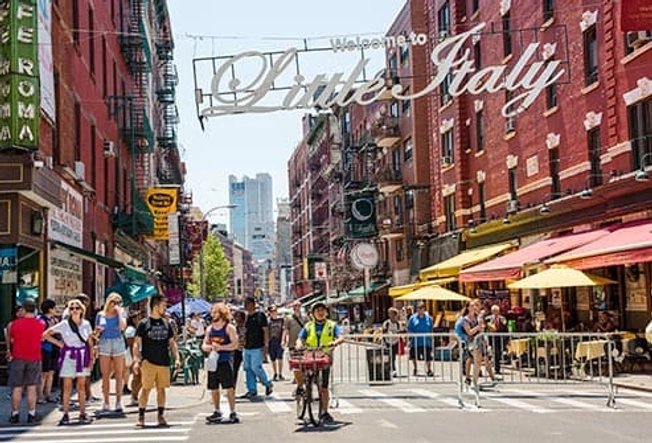
New York
Loads of restaurants, stores, schools, hospitals, and offices pack each neighborhood. So you never have to go more than a few blocks to get what you need. A lot of folks who live there don’t even own a car. It’s smaller than you might think, too: You can walk from Central Park to the southern tip of the island in about 90 minutes. And of course, history, art, food, and culture ooze from every block.
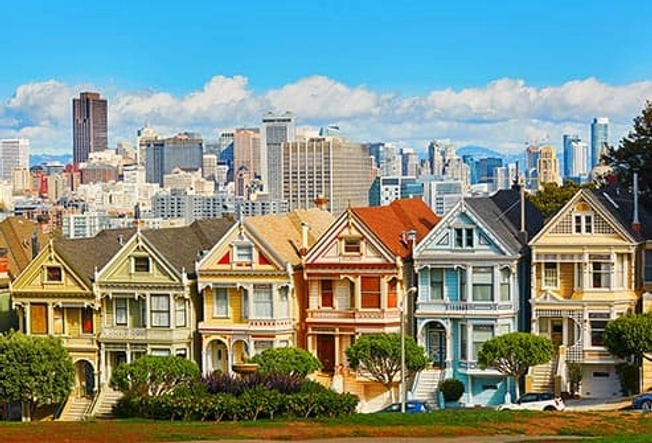
San Francisco
You can stroll through historic neighborhoods like Russian Hill and The Castro, or seek out trails sprinkled through the city. "San Fran" is also a feast for the eyes, which should help distract you from some insanely steep hills. (On the bright side, you might be able to cancel that gym membership!) Fair weather all year means you won’t break too much of a sweat. But if you do, excellent public transportation can get you back home.
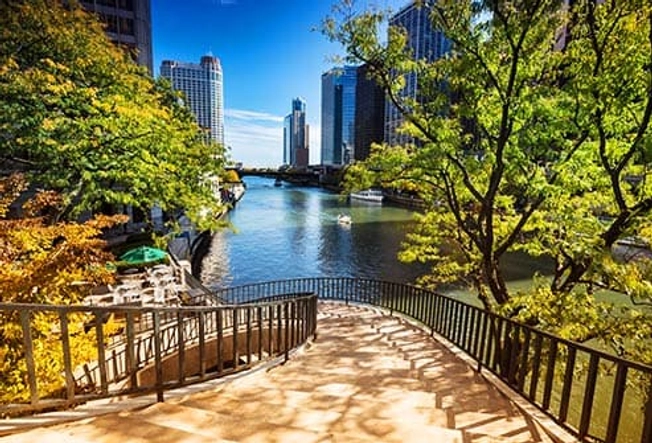
Chicago
As long as you’re bundled up for the weather, it’s a “breeze” to get around this “windy city.” Start with a lakefront trail that runs 18 miles through seven neighborhoods. That’s before you even get to the city streets, which are packed with places to eat, live, work, and play. If you bite off a bigger hike than you can chew, just walk over to a bus or train stop. They're never far away.

Paris
It’s one of the biggest cities in Europe. And yet, if you live here, there’s so much within walking distance of any one spot that you probably won’t need more than your own two feet. If you visit, you can take the outstanding Metro public transportation system to one of its 20 different neighborhoods, or “arrondissements,” and explore it on foot. There’s no better way to see this spectacular “city of lights.”

Miami
You probably know it for the sun, sea, and nightlife. But did you know it’s also one of the most foot-friendly cities in the U.S.? In many areas, you can walk to most things you need. Try a stroll in Little Havana, South Beach, or Coconut Grove. Each neighborhood has its own charm. And if you’re tired or having a late night (which seems to happen often in Miami), you can hop on the Metrorail or Metromover to get home.

Portland, Oregon
The urban areas are pretty foot-friendly. City blocks are 200 feet long instead of 400. That gives it a cozy feel that’s perfect for a stroll. There are also about 70 miles of nature trails within the city limits. And when you stop to refuel, you’ll discover that Portland is one of the top foodie towns in the country.
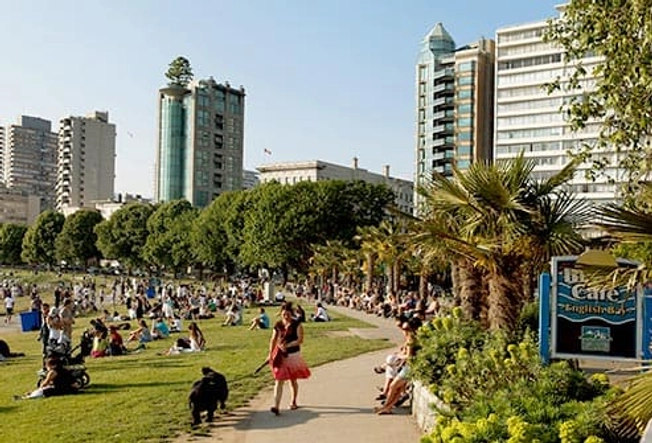
Vancouver, Canada
There’s an average of eight restaurants, bars, or coffee shops within a 5-minute walk of wherever you are in this pristine Canadian city. Perched perfectly between the mountains and the sea, it’s seriously walkable, with plenty of green space. Mild temperatures much of the year will help you enjoy the stroll.
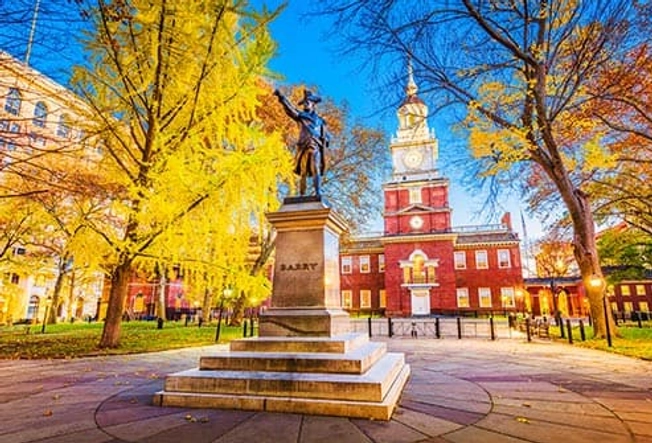
Philadelphia
The city center has 25 blocks laid out in a perfect grid between two rivers. Everything is close. Stroll from coffee shop to restaurant and check out Independence Hall, the Liberty Bell, and the Betsy Ross House. Fairmount Park gets you out of the concrete jungle when you need it.

Sydney
The weather is almost always great for a stroll. Different neighborhoods are known as “villages,” and are walking distance from the city center. Each one has its own flavor, so you’re sure to find one (or more) that you like. The Royal Botanic Garden and Centennial Parklands offer some green space when you need a break.
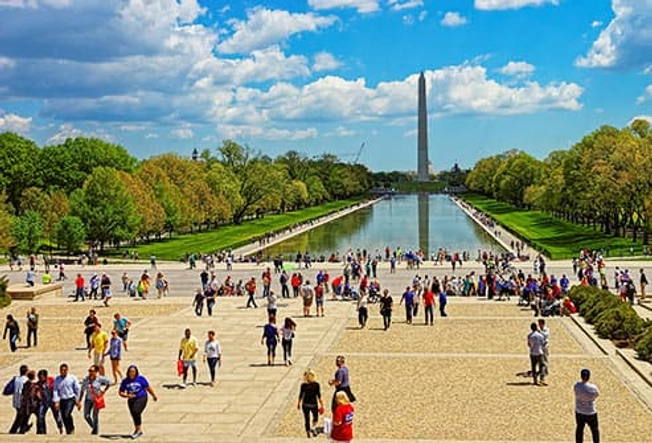
Washington, D.C.
The nation’s capital is a great place to live the walking life. Check out the National Mall or explore one of the great neighborhoods. Dupont Circle, U Street, and Logan Circle all rank as some of the best in the U.S. for a walk-only lifestyle.
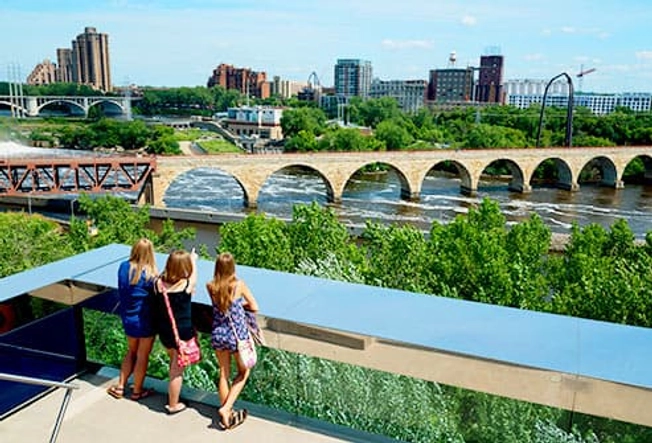
Minneapolis
Dozens of miles of walking and biking paths link this city that's surrounded by lakes and rivers. It provides good walk-only access to things you need. And some neighborhoods, like Lyn-Lake, Uptown, Lowry Hill East, and Whittier, rank near the top. When the weather gets bad, as it tends to do in winter, a great public transportation system helps bail you out.

London
Whether it’s Buckingham Palace, St. Paul’s Cathedral, 10 Downing Street, or just people passing by, you’ll never run out of things to look at. Most locals find anything they need within an easy stroll of home, though it’s best to bring an umbrella as wet weather is quite common. The famously efficient “tube” subway system can save you if the skies open up during your hike.
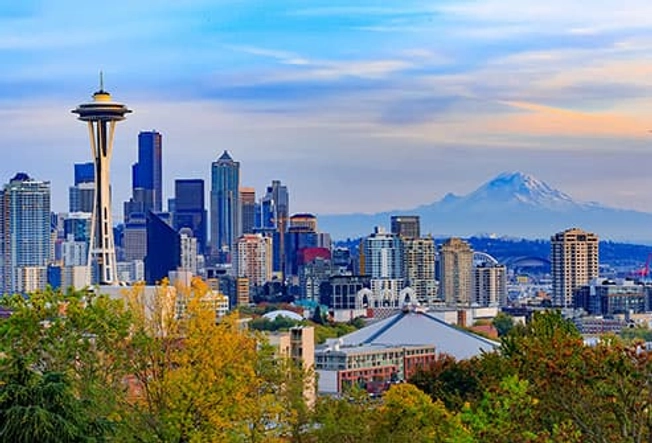
Seattle
There are restaurants, bars, and coffee shops within a 5-minute stroll of wherever you are in this town. The Pioneer Square, First Hill, Belltown, and Downtown neighborhoods are some of the most walk-friendly in the nation. Mountains, lakes, and water surround the city, and a diverse culture fills the streets. If Seattle's famous rain comes during your stroll, great public transportation can help you out.